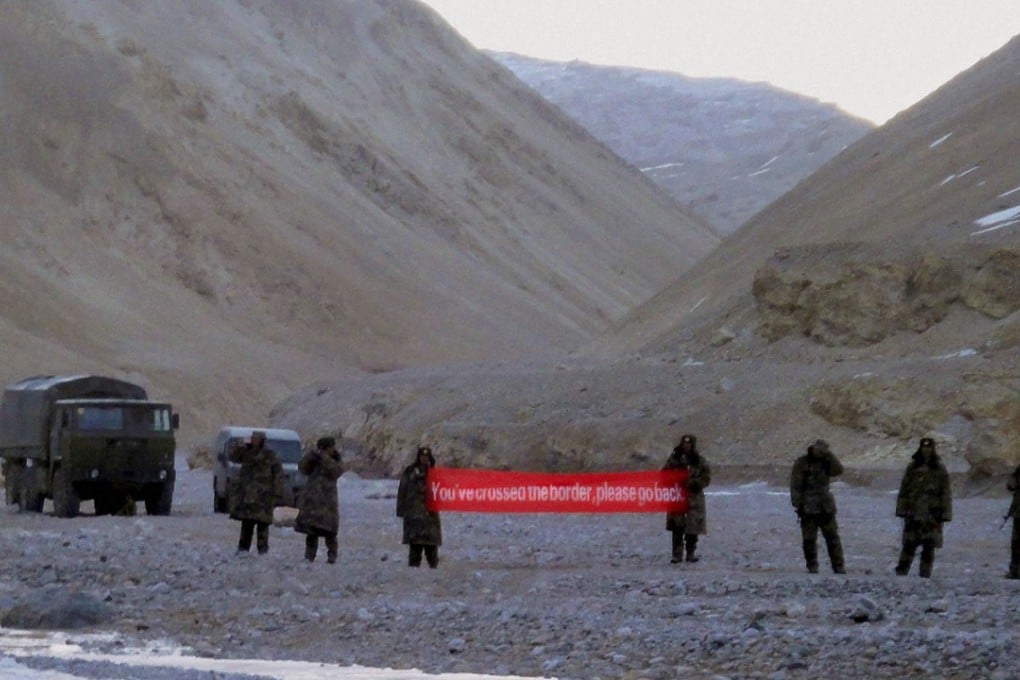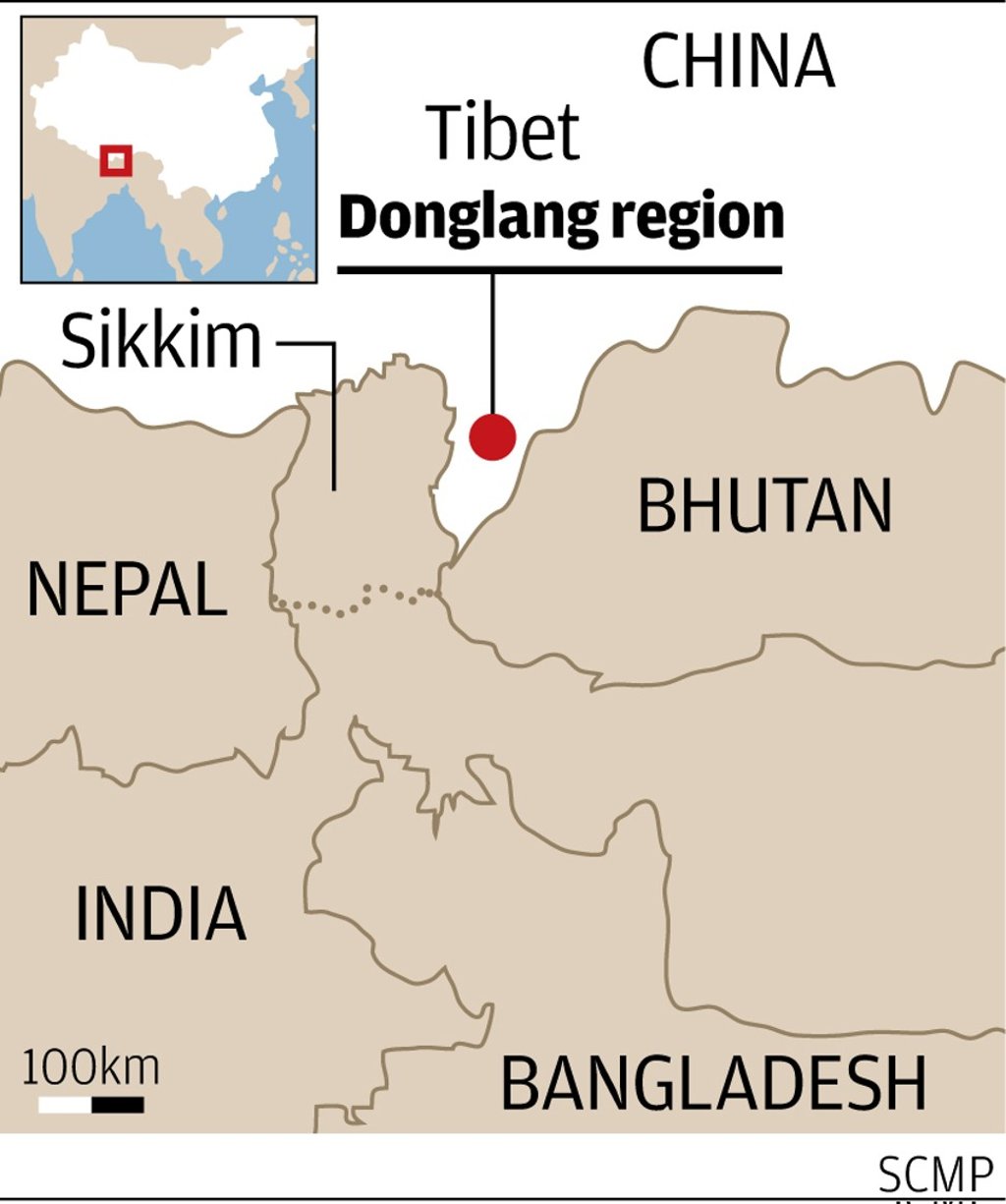Why tiny Bhutan remains the wild card in China’s border stand-off with India
Ankit Panda writes that each choice Bhutan makes during the protracted China-India dispute could chart its place in Asia for decades to come

For more than a month now, Indian and Chinese troops have been caught up in a stand-off on an obscure piece of Himalayan territory known as Doklam, which is disputed between Bhutan and China. The fundamental question is the location of the so-called triboundary point – where all three countries meet.
A range of factors have made this incident the most serious such stand-off between the two nuclear-armed Asian giants, who are no strangers to border incidents. Both saw serious encounters in 2013 and 2014 in the Kashmir sector of their disputed border.
First, from the Chinese perspective, the Indian army transgressed international norms by crossing what is seen as a settled international boundary to intervene on territory disputed between a third country and China. This is the first time Indian troops have engaged China from the soil of a third country.

China was seemingly taken aback by the Indian Army’s response in mid-June, which it claims involved the bulldozing of certain road features it had already constructed. In the weeks since, China’s official reaction, accompanied by state media, has suggested a state of frenzy, with frequent references to the “lesson” of 1962, when China defeated India in a major war.
Second, in the Indian view, matters are more subtle. New Delhi concurs that it and Beijing have agreed that the Himalayan ridge line in the area should form the basis of a final border, but that border has yet to be finally demarcated and delineated.